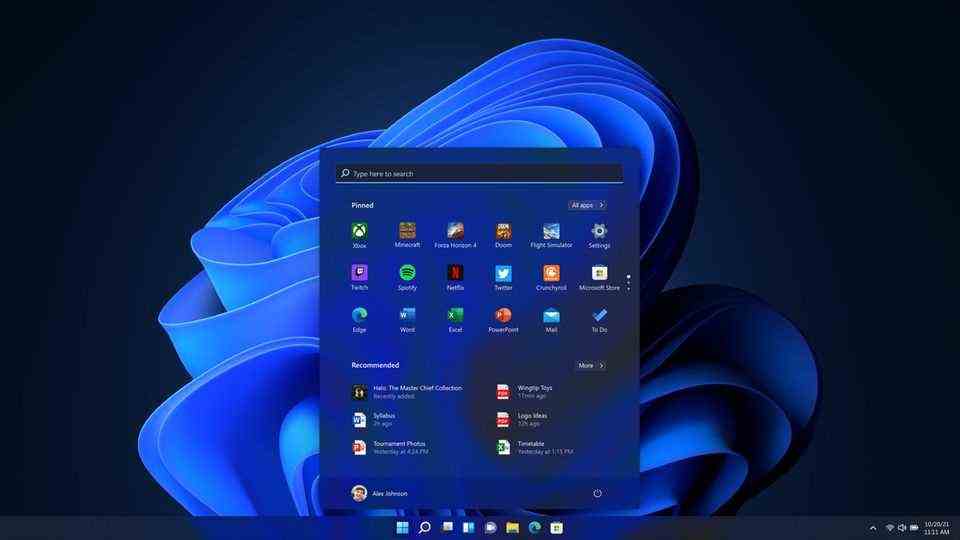New Windows
Microsoft explains how to bring Windows 11 to incompatible computers and warns against it at the same time
Windows 11 should not be installed carelessly
© skynesher / Getty Images
Windows 11 has been available for download as a free upgrade since last week. However, due to the strict hardware requirements, it is by no means possible to run it on every computer. Now the group itself explains how you can do it on older devices.
A new start menu, a significantly redesigned store and many changes in detail: With Windows 11, Microsoft is turning its operating system upside down more than it has been for a long time. It has been available for free download since October 5th. But although the installation is actually very easy, the hardware requirements pose a high hurdle for many users. Now Microsoft is helping itself to overcome it.
That this happens is due to the high hardware requirements of the new system. It is easy to check whether your own computer can do this: one officially software offered by Microsoft tests the PC in an uncomplicated manner for its suitability, for example with regard to main memory, processor and the security feature TPM 2.0. The latter two in particular cause a number of computers to fail the compatibility check. So many that apparently Microsoft itself considers it necessary to intervene.
Windows 11: This is how it comes to incompatible computers
On its own support page, the group points out that you can install Windows 11 even if the actual hardware requirements are not met. The group makes its position on the step clear: “Before installing Windows 11 on a device that does not meet the Windows 11 minimum system requirements, [wird] advised against “, it says right at the beginning of the page. And further:” If you still install Windows 11 on unsuitable hardware, you have to accept the risk of compatibility problems. “In addition, you have to agree to a disclaimer.
There are good reasons for it. Because: In order to be able to install Windows 11 on incompatible computers, you first have to change a key in the system’s registration database. This deactivates the checking of the processor and lowers the requirement from TPM 2.0 to TPM 1.2. Because Microsoft explicitly warns of the serious possible consequences of changing the key incorrectly, we will refrain from explaining the exact way at this point. Microsoft itself explains the necessary steps on this page.
Good reasons to warn
The warning about your own instructions may seem bizarre, but ultimately it should be the lesser evil from Microsoft’s point of view. By explaining the exact way how to install the system on unsupported devices, you reduce the risk for hobbyists who would have found it out anyway. With the official warning, the disclaimer and a declaration that at some point it may not be possible to apply updates and bug fixes for systems installed in this way, the group also makes it clear that the users themselves are responsible for the consequences.
The fact that such desires arise at all is partly due to the group itself. While the security function TPM 2.0 has been supported by numerous computers since 2015, the unexpectedly strict list of supported processors excludes innumerable computers from upgrading to the new system. It’s not just about old goods: Many models with older CPUs that are still available are excluded from the upgrade, Heise only discovered a current special offer at Mediamarkt in the summer, that does not meet the requirements.
Microsoft’s main concern with the drastic approach is to keep the system fit for the future. Windows 10 was released in 2015 and has received updates on all computers supported at the time since then. If you want to support Windows 11 for a similar period of time, corresponding minimum standards must be defined. Numerous complaints about performance drops after installing the new system show that these are not necessarily too strict. By the way, if you try it out, you don’t have to commit yourself: You can still return to Windows 10 for ten days – and you will continue to receive updates for the old system until 2025.



